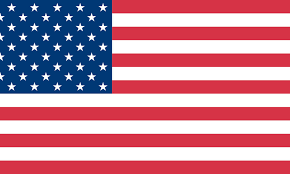What Is Brand Packaging and How to Make It?

In the bustling marketplace of today, brand packaging is not just a container or wrapper for your product; it's a critical communication tool that bridges the gap between your brand and your customers.
For small businesses that aspire to have a significant impact, recognizing and investing in brand packaging can be the decisive factor in whether they stand out from the many competitors or not.
What is brand packaging?
Brand packaging refers to the creation and use of packaging materials that reflect the identity and values of a brand. This encompasses the design, color scheme, material selection, typography, and imagery that are all part of presenting a product to consumers. The goal is to craft a visual and tactile representation of what your brand stands for.
What is included in brand packaging?
Brand packaging encompasses a range of elements that collectively create the visual and tactile experience associated with a product. Here are some key components that may be included:
- Primary Packaging: This is the layer of packaging that directly encases the product. It includes bottles, boxes, wrappers, cans, and any other type of container that holds the actual product. The primary packaging is essential for product protection and often features branding elements.
- Secondary Packaging: It provides additional protection during shipping and handling, groups primary packages together for easier logistics, and offers more space for branding and information.
- Label Stickers: Labels provide essential product information, such as the name, ingredients, instructions for use, and barcodes. They can also showcase the brand logo and play a significant role in the visual appeal of the product. When creating a logo for the cup of bar or envelope, it is advisable to use circle labels with a diameter of 2 inches. For the QR codes or barcode labels during packing, opt for rectangle labels that measure 2.25 inches by 1.25 inches.

- Protective Materials: Items like bubble wrap, foam inserts, honeycomb packing papers, or air pillows ensure the product stays secure during transportation and handling, minimizing damage risks.
- Branding Elements: This encompasses logos, company colors, fonts, and imagery that are consistent across all packaging materials, reinforcing brand recognition.
- Interactive Elements: Some brands incorporate QR codes, augmented reality, or other interactive components that engage customers and bridge the gap between physical and digital experiences.

Why brand packaging is important?
Brand packaging is a crucial aspect of a product's presentation and plays a significant role in marketing and customer perception. Here are some reasons why brand packaging is important:
Tell your brand's story and convey quality
Packaging is often the first interaction a customer has with your brand. It can communicate your brand’s values, ethos, and unique proposition. For example, a minimalist design might suggest sophistication and elegance, while vibrant colors could indicate fun and youthfulness.
High-quality, well-designed packaging suggests that what's inside is also of high quality. This perceived value can justify premium pricing and influence the decision-making process during the purchase.
Establish product differentiation
In a crowded marketplace, distinctive packaging helps your product stand out on the shelf or online. It differentiates your offering from competitors and can be the deciding factor for customers when choosing between brands.
Unique shapes, colors, textures, and design elements can all serve to distinguish your product and attract attention in a retail environment or during an unboxing experience.
Provide practical information and protection
Packaging serves a functional purpose by protecting the product from damage during shipping, handling, and storage. Ensuring that the product reaches the consumer in perfect condition is critical.
It’s also a medium to convey essential information such as usage instructions, ingredients, expiration dates, and regulatory compliance, which helps consumers make informed decisions and properly utilize the product.
Elevate user experience and encourage loyalty
Thoughtful packaging design can enhance the customer's unboxing experience, making it more enjoyable and engaging. A positive unboxing experience can lead to increased customer satisfaction, loyalty, and even social sharing, which serves as free marketing.
When customers have a consistently positive experience with your brand, including interactions with your packaging, it builds emotional connections and loyalty. Repeat purchases are more likely when consumers feel a brand aligns with their identity and values.
How to make brand packaging?
Creating effective brand packaging involves a thoughtful design process that ensures consistency, communicates the brand's values, and enhances the customer experience. Here's a step-by-step guide on how to make brand packaging:
1. Define Your Brand
Define your brand's identity including your mission, values, target audience, and unique selling propositions. Determine the emotions and messages you want your branding to convey.
2. Develop a Color Scheme
Colors have psychological effects and can influence perceptions, so select them carefully. Choose a color palette that reflects your brand's personality. Make sure the colors are consistent across all your branding materials for easy recognition. The Coca-Cola brand packaging is famously known for its distinctive red color with white lettering, which includes the iconic Coca-Cola script logo. This bright, classic red is a key element of the brand's identity and is used consistently across its product range and marketing materials.
For instance, when choosing brand packaging for hand-crafted coffee beans, select colors that align with the feelings you want to evoke in your customers. Green often represents freshness or organic quality, while brown can be associated with nature, reliability, and the earthiness of coffee. Labels with contrasting colors can be used to highlight brand names or essential information, which should be easy to read and designed to draw the customer's attention to the most important information. Alternatively, using brown tape in conjunction with the color of the packing paper can minimize color discordance and promote a neat and orderly appearance.
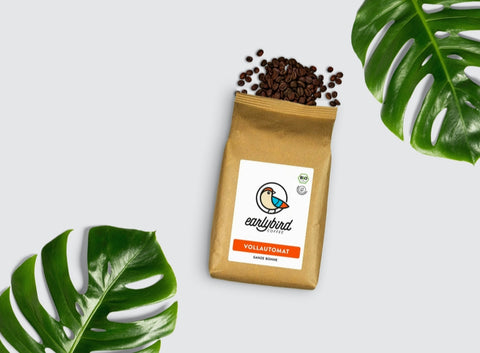
3. Design Your Logo and Visual Elements
Create a logo that encapsulates your brand in a simple and recognizable way. Develop other visual elements such as patterns, icons, or illustrations that can be used on packaging.
4. Select Your Packaging Materials
Decide on the type of packaging that suits your product best, whether it's boxes, bags, bottles, or another form.
Consider the sustainability of your packaging materials and whether they reflect your brand’s environmental ethos. Choose honeycomb packing paper, which is typically made from renewable resources and is biodegradable, making it a more eco-friendly option compared to plastic foam. Through eco-friendly packaging practices, businesses can enhance the customer experience and align with sustainable branding strategies.
5. Create Label Stickers
Design labels that incorporate your logo, brand colors, and any other visual branding elements. Ensure labels contain necessary product information such as name, ingredients, instructions, or barcodes.
Creative adhesive labels from Munbyn not only boast both durability and high-quality construction, but they also provide vibrant colors that enhance the visual appeal. They are easy to remove without causing any harm to your items.
6. Finalize Information Contents
Finalizing the informational content for your brand packaging is a crucial step to ensure that consumers are well-informed about your product while also meeting legal and regulatory requirements. Here's a checklist of what you might need to include:
- Mandatory Information: Include product name, brand name, or ingredients list for food, beverages, cosmetics, and certain other products.
- Legal and Compliance: Regulatory marks like CE, FCC, recyclable marks, or organic certifications, as applicable.
- Brand and Marketing Content: A brief narrative about the brand ethos or history, if space allows.
- Environmental and Ethical Information: If your product or packaging is eco-friendly, provide details.
- Additional Considerations: Such as QR codes, which can link to more detailed product information, videos, or websites.
Remember that the specific requirements can vary greatly depending on the product category, country, and local regulations.
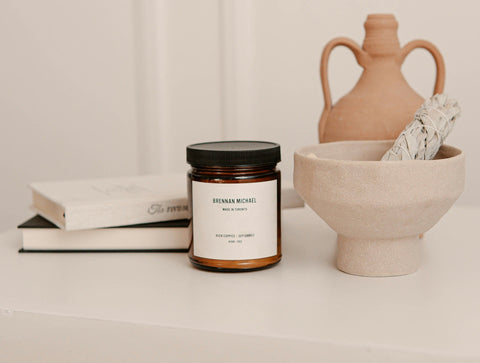
7. Production and Distribution
Find and select a manufacturing partner with the capability to produce your packaging. And then, plan for the storage, handling, and shipping of your packaging.
Try to coordinate with suppliers and distributors to ensure smooth delivery of the packaging to the point of sale or distribution centers.
Examples of Brands with Exceptional Packaging
Many brands have distinguished themselves through exceptional packaging that catches the eye, reinforces brand identity, and resonates with consumers. Here are three examples of such brands across different industries:
Apple
Apple is known for its minimalist and clean packaging design that mirrors the sleekness and simplicity of its products. The use of white space, high-quality materials, and a focus on the unboxing experience make their packaging instantly recognizable and a part of the overall product experience.

Coca-Cola
Coca-Cola's iconic contour bottle shape is one of the most recognized packages in the world. Their personalized "Share a Coke" campaign, which featured popular names on bottles and cans, was a huge hit. The brand often uses limited-edition packaging designs to celebrate events or holidays, maintaining consumer interest and engagement.
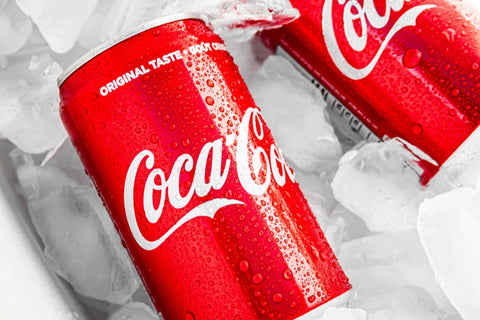
Tiffany & Co.
The distinctive "Tiffany Blue" boxes and bags are as emblematic as the jewelry inside them. The color itself is trademarked, and the packaging exudes luxury and exclusivity. Opening a Tiffany box is considered by many to be part of the gift itself.
These brands exemplify how effective packaging design can enhance brand recognition, provide a memorable unboxing experience, communicate brand values (such as sustainability), and even become an integral part of product innovation and marketing strategies.
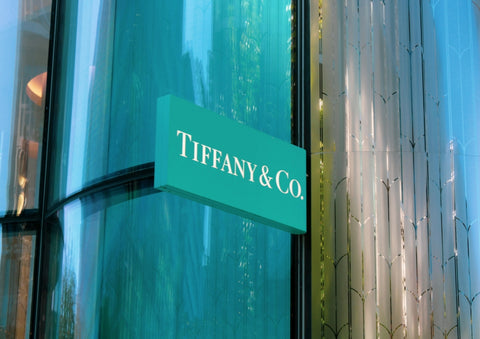
Wrap up
In summary, brand packaging is crucial as it not only serves as the initial point of engagement by attracting and influencing consumer purchase decisions but also establishes and reinforces brand identity.
Are you ready to transform your product's presence on the shelves and in the minds of consumers? It's time to invest in custom brand packaging that tells your unique story, captivates your audience, and elevates your product above the competition with packaging tailored specifically to your brand's ethos and the needs of your customers. Feel free to explore the Munbyn labels page to unleash your brand's potential!

